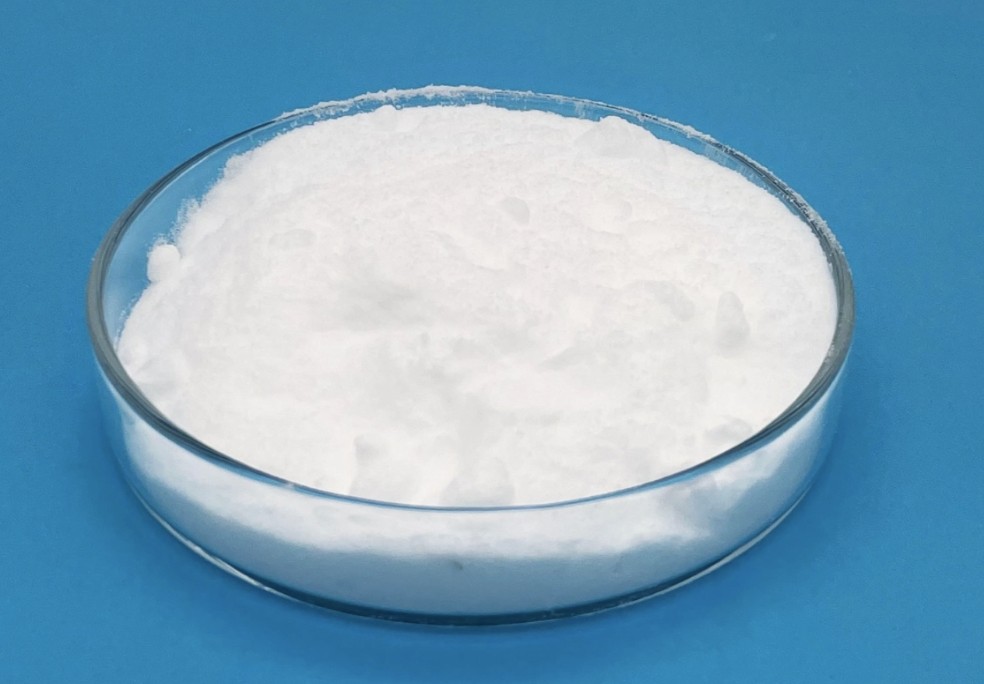nombre del producto: Articaine
Sinónimos: methyl 4-methyl-3-(2-propylaminopropanoylamino)thiophene-2-carboxylate;ARTICAINE;ARTICAINE HCL;4-Methyl-3-[2-[propilamino] propionamido]-2-thiophenecarboxylic acid, methyl ester;Carticaine;40045;4-Methyl-3-[[1-oxo-2-(propilamino)propilo]aminado]-2-thiophenecarboxylic acid methyl ester;4-Methyl-3-[1-oxo-2-(propilamino)propilamino]-2-thiophenecarboxylic acid methyl ester
CAS: 23964-58-1
FM: C13H20N2O3S
megavatios: 284.38
Usage Articaine is an amide based short-acting local anesthetic use for regional anaesthesia in day-case settings such arthroscopy, hand , food surgery and in dentistry.
Articaine is a local anaesthetic that has been approved overseas for several years. Like other amide anaesthetics, articaine blocks nerve conduction when it is infiltrated around a nerve. This action is prolonged by combining the drug with a vasoconstrictor.
The combination of articaine and adrenaline can be used for local or regional anaesthesia for dental procedures. Anaesthesia begins within six minutes and lasts for an hour. The half-life of articaine is approximately 1.8 hours. It is metabolised and then mainly excreted in the urine.
Articaine is used for pain control. Like other local anesthetic drugs, articaine causes a transient and completely reversible state of anesthesia (loss of sensation) during (dental) proceduresIn dentistry, articaine is used both for infiltration and block injections, with the block technique yielding the greatest duration of anesthesiaIn people with hypokalemic sensory overstimulation, lidocaine is not very effective, but articaine works well.
Characteristic for articaine HCl is that they are fast acting and effective in penetrating bone. The latter has not been proven scientifically but is the opinion of those who work with these products. When using articaine HCl, the patient no longer has to return to the waiting room to allow the anesthetic to take effect. During treatment, it seems as though articaine HCl are more effective than most other anesthetics. For these reasons, increasing numbers of dentists and dental surgeons are opting for articaine HCl.
Articaine is a local anaesthetic that has been approved overseas for several years. Like other amide anaesthetics, articaine blocks nerve conduction when it is infiltrated around a nerve. This action is prolonged by combining the drug with a vasoconstrictor.
The combination of articaine and adrenaline can be used for local or regional anaesthesia for dental procedures. Anaesthesia begins within six minutes and lasts for an hour. The half-life of articaine is approximately 1.8 hours. It is metabolised and then mainly excreted in the urine.






















